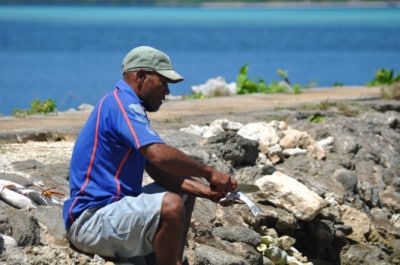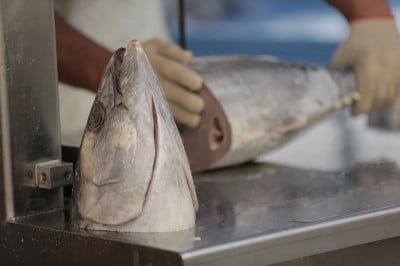Over the past two weeks we’ve been meeting up with local leaders and fishers of the Vava’u island group in Tonga.
The shallow-water reefs and lagoons surrounding the islands provide a vital source of protein for local people. The sharing nature of Tongan society is reflected in the open-access nature of their fisheries. There are few restrictions on where fishers can fish, or the size and species of their catch. This means that the first-come-first-served approach is an incentive to harvest as much as possible, as fast as possible. Fishers have voiced their concerns to us about dwindling fish stocks and how they have to travel further offshore to catch enough fish to make a profit.

The government is aware of threats to the marine environment and is taking measures to protect certain species as well as whole areas. However, there is still work to be done to convince everyone that reefs are more valuable intact and alive.
The Tonga Fisheries Department is working to help educate the public about the long-term benefits of specially managed areas. These are places where fish and other marine organisms can breed in safety, boosting fish populations so that there are more of them to catch in the surrounding areas. Town officers play a leading role as intermediary agents between the government and the local communities. Together, the government and local people can manage and conserve their marine resources.

A major component of our research during this trip focuses on obtaining socio-economic information from fishers to use in combination with biological information that we collected during the Global Reef Expedition last September. We’re going to combine this data to develop a simulation model which may assist the people of Tonga in sustainably managing their marine resources.

Photos by: 1- Amy Heemsoth; 2- Stefan Andrews; 3- James Ball.